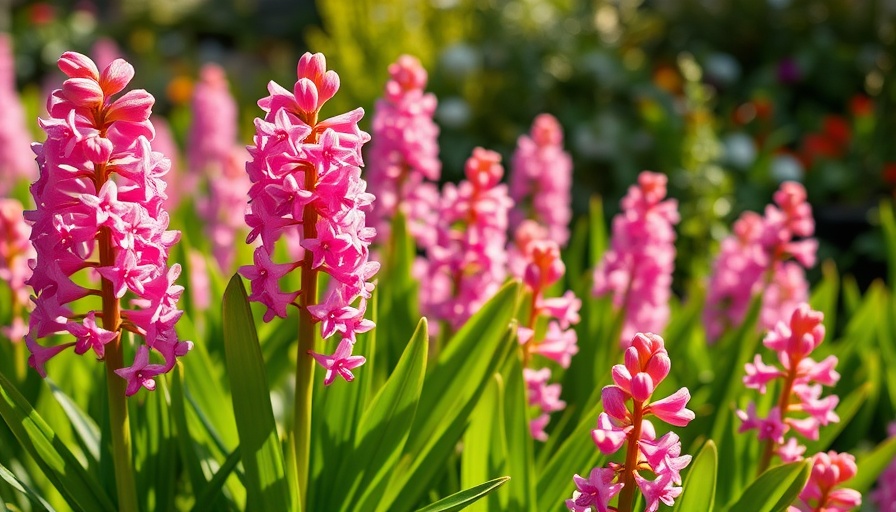
The Enchanting World of Hyacinths
Hyacinths are more than just beautiful perennial bulbs; they symbolize the joy of spring with their vibrant colors and sweet scent. Belonging to the genus Hyacinthus in the asparagus family, these lovely flowers boast a rich historical tapestry that dates back to ancient times. Their alluring blooms range in color from soft blues and lavenders to vibrant reds and yellows, making them a popular choice for any flower garden.
Getting to Know Hyacinth Varieties
When diving into hyacinth cultivation, understanding their varieties is essential for successful gardening. The most recognized species, H. orientalis, often known as the Dutch hyacinth, is what you will typically encounter in gardens. Other types like H. litwinovii and H. transcaspicus also contribute to the diversity of hyacinth blooms you can grow. Exploring these varieties allows gardeners to select those best suited for their climate and design aesthetic.
Key Growing Conditions for Hyacinths
Hyacinths thrive in well-drained, loamy soil that is slightly acidic to neutral (pH 6.0-7.0), enjoying moderate water levels. While they are hardy in USDA Zones 4-8, they will flourish best in full to partial sunlight. Planting should occur in the fall, about 4-6 inches deep and spaced 3-5 inches apart to allow enough room for their growth. Imagine a spring garden blooming with these flowers, casting delightful fragrances around your outdoors!
Container Cultivation: A Compact Option
If you’re limited on space or have a desire to beautify your patio, container gardening with hyacinths is an excellent choice. Using deep pots ensures that the bulbs have enough room to grow and allows for easy mobility in your landscape design. Place them in a sunny area, ensuring they receive adequate drainage, and watch as your colorful floral display turns heads.
Indoor Forcing: Bringing Spring Inside
What if you can't wait for spring to see your hyacinths bloom? Indoor forcing is a fun technique to enjoy these blooms early. By chilling bulbs in the refrigerator for about 10-12 weeks before potting, you can then bring them inside to enjoy their vibrant colors and sweet fragrance long before spring arrives outdoors.
Caring for Hyacinths After Blooming
Care for your hyacinths doesn't end after they bloom. To ensure they return year after year, it’s crucial to allow the foliage to die back naturally, which helps replenish the bulb's energy for the next growing season. After blooming, deadhead the flowers to prevent seed formation and encourage the plant to focus on bulb health. If you wish to lift and store the bulbs for winter, wait until the leaves yellow, then carefully dig them up, dry them off, and store them in a cool, dry place until fall.
Dealing with Garden Pests and Diseases
Like any plant, hyacinths can fall prey to pests and diseases. Common culprits include bulb flies and aphids, which can be managed with natural pesticides or organic solutions. Additionally, ensure good ventilation and proper watering practices to prevent fungal infections. Regularly checking your plants can prevent bigger issues down the road.
Transform Your Outdoor Space with Hyacinths
Incorporating hyacinths into your garden design adds a fragrant and colorful touch. Consider mixing them with other spring bloomers like tulips and daffodils for a vibrant display. Experiment with different layouts or borders to create visual interest. Whether you’re a seasoned gardener or just starting your green journey, hyacinths offer beautiful rewards.
Conclusion: Nurturing a Garden of Wonders
By understanding the needs and unique characteristics of hyacinths, you can create a thriving flower garden that delivers joy each spring. Embrace this plant's alluring beauty and fragrant flowers, and watch as your garden transforms into a haven of color and scent. For more gardening tips and inspiration, stay engaged with your local gardening community or online forums!
 Add Row
Add Row  Add
Add 




Write A Comment